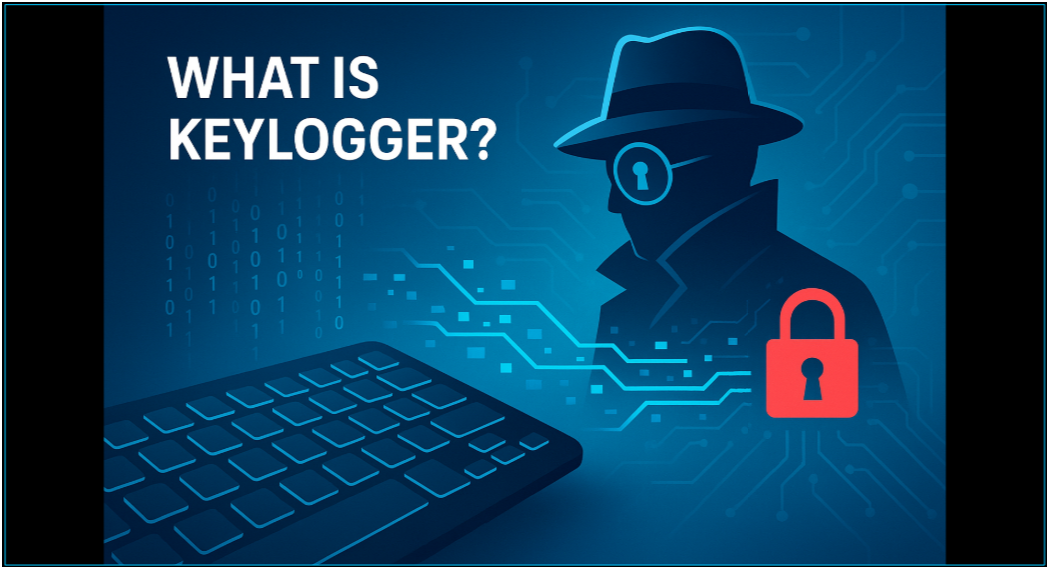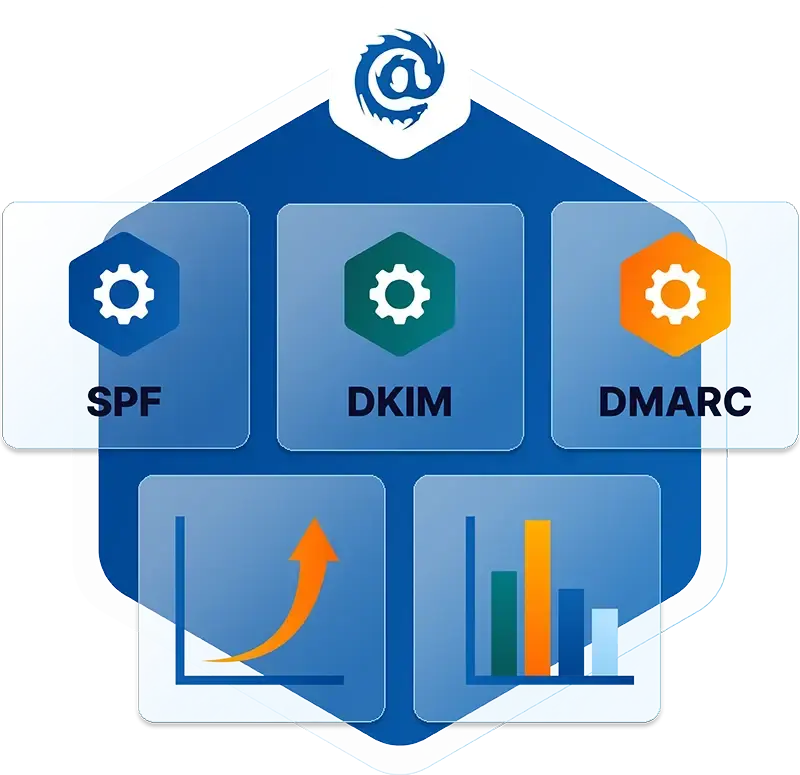Table of Contents
Compliance Monitoring Explained
Compliance monitoring is a dynamic process that ensures organizations adhere to policies, procedures, and regulatory requirements to identify and address compliance risks. It involves the surveillance, review, and analysis of organizational performance and risk indicators, aiming to maintain data protection, privacy, and meet regulatory standards. Compliance monitoring utilizes both manual and automated systems to identify areas of non-compliance and take corrective action.
Why is Compliance Monitoring Important?
Compliance monitoring has become essential due to the expanding impact of technology on business productivity and consumer lives. It helps organizations establish effective cybersecurity systems, protect data, and safeguard user privacy. By maintaining compliance with standards and regulations, organizations can mitigate cybersecurity risks, prevent costly violations and interruptions of activities caused by cyber threats or attacks.
Being cybersecurity compliant is crucial for insurance purposes as it allows organizations to mitigate risks and obtain appropriate insurance coverage. Insurance providers evaluate an organization's compliance with cybersecurity standards and regulations to determine coverage and premium rates.
Who is Responsible for Compliance Monitoring?
Compliance monitoring requires a collaborative approach, involving employees, management, and, in some cases, third-party consulting teams. Employees need to be educated on compliance regulations and their importance, being accountable for compliance within their roles. Larger organizations may appoint a dedicated compliance officer supported by a third-party consultant to ensure all requirements are met and stay updated with regulatory changes.
How do you Create a Compliance Monitoring Plan?
Creating an effective compliance monitoring plan involves several steps:
- Assessing Risk: Identify risks across infrastructure and business practices to mold a monitoring plan that fits the organization's needs.
- Auditing and Review: Implement comprehensive testing through a combination of manual auditing and automated scans to ensure compliance.
- Prioritizing Vulnerabilities: Give priority to resources that pose the greatest risk, focusing on protecting critical data and systems.
- Reporting: Generate reports from automated scans and collaborate with a risk assessment team to track and address compliance issues.
- Managing Change: Stay up-to-date with regulatory changes and update policies and procedures accordingly within the organization's designated timeframe.
How IRONSCALES Helps with Compliance and Compliance Monitoring
IRONSCALES offers solutions that can assist organizations in compliance monitoring and maintaining regulatory standards. Their platform provides automated tools for monitoring and detecting key areas within a cybersecurity solution that would put an organization's compliance at risk. For instance, user awareness training is a critical component of an organizations security compliance and IRONSCALES best ensures employees receive appropriate and effective security awareness training as well as phishing simulation testing.
To learn more about the IRONSCALES platform explore our page here.
Explore More Articles
Say goodbye to Phishing, BEC, and QR code attacks. Our Adaptive AI automatically learns and evolves to keep your employees safe from email attacks.

/Concentrix%20Case%20Study.webp?width=568&height=326&name=Concentrix%20Case%20Study.webp)












